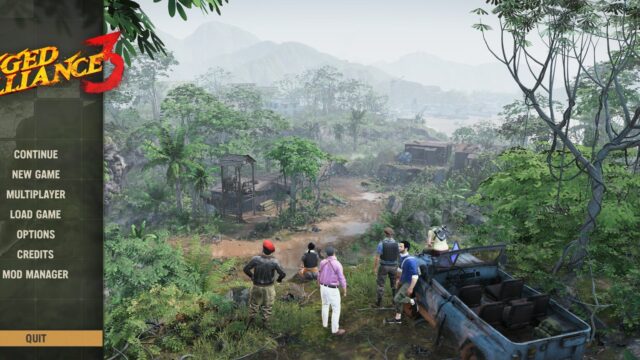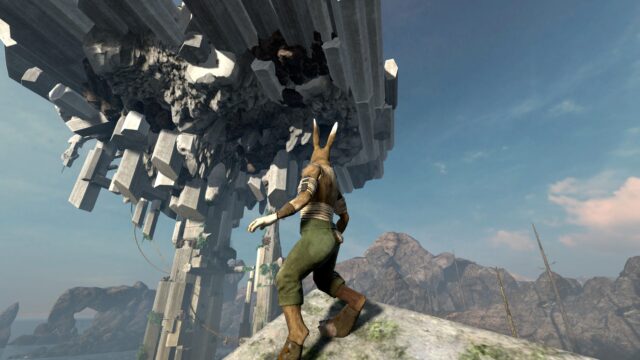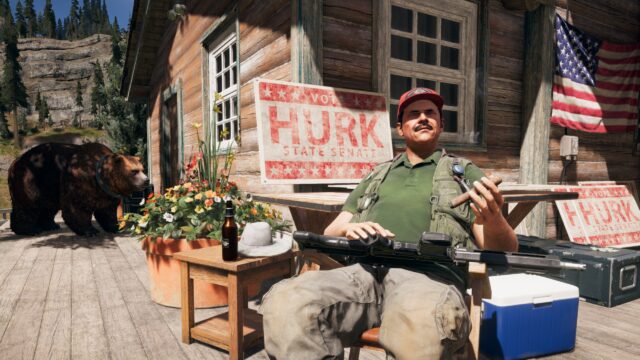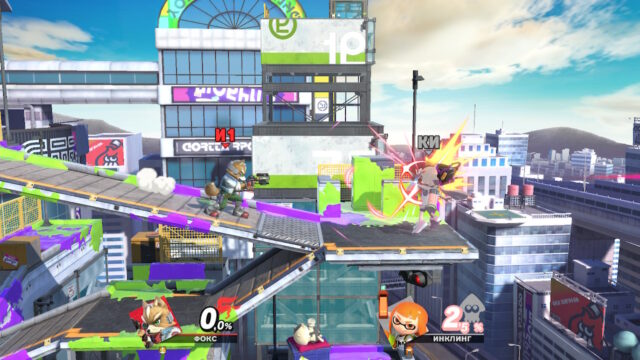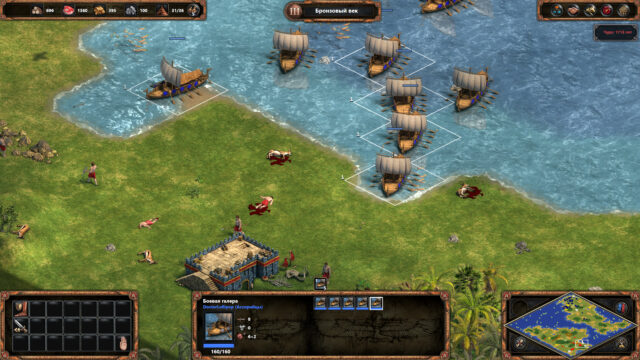Night in the Woods Review: Better Late Than Never
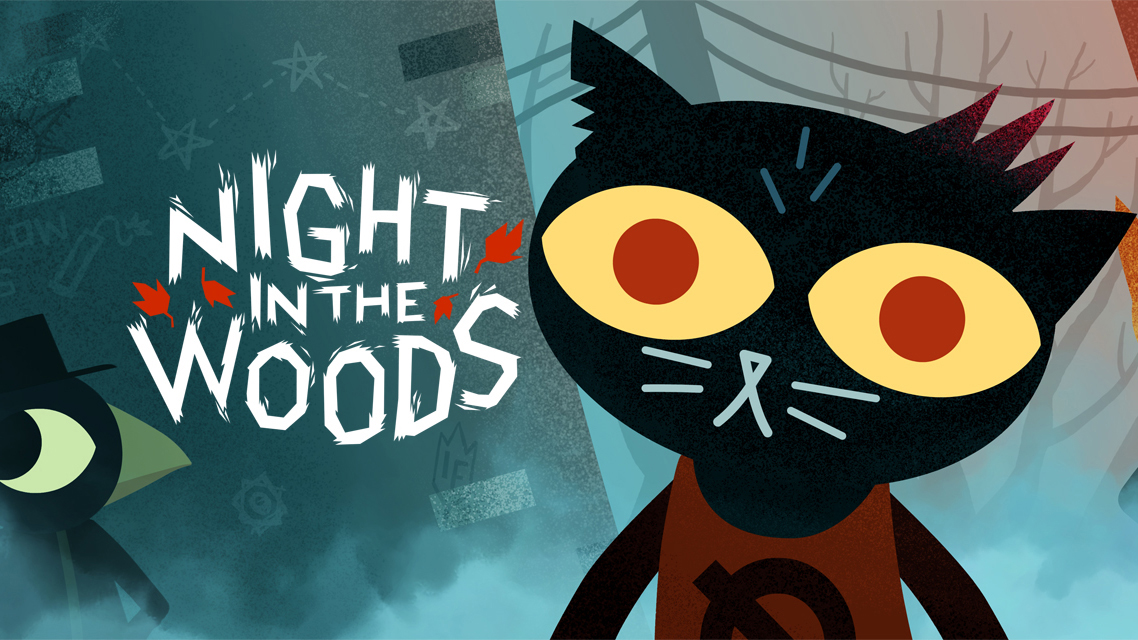
Night in the Woods is an amazing phenomenon in the gaming industry. The game boldly tries to convince you that you are playing a children’s adventure game about the adventures of a funny cartoon cat named Mae and her animal friends. It must be admitted that it does this so skillfully that you can’t keep up with how the game gradually removes the animal masks from the characters and reveals a very human and depressing story about growing up and overcoming the main heroine’s teenage crisis.
By the way, the concept of a “teenage crisis” should not bother Mae at her age, as she recently turned a whole 20 cat years old. She came from a small town to the big city to study in college, but life just isn’t coming together for her. The rebellious nature of the cat often becomes the main obstacle on her path to adulthood. And combined with poor academic performance and chronic lack of sleep, Mae’s rebellious spirit puts an end to her new life and forces her to return to her hometown of Possum Springs, which she has known since childhood.
And here is where all the “charms” of unemployed life begin. Every morning, Mae checks her mail, awkwardly exchanges a few words with her mother, trying to avoid sensitive topics, then meets up with old acquaintances, while also jotting down notes in her diary, and at night, she confronts a mysterious entity that visits her in her dreams.
The nightmares of the heroine are gameplay-wise and technically closest to an abstract platformer. In them, we control Mae’s astral projection, who tries to find and free her four friends. After each successful rescue, each of them plays a subtle melody on a ghostly musical instrument, thus contributing their modest contribution to the soundtrack.
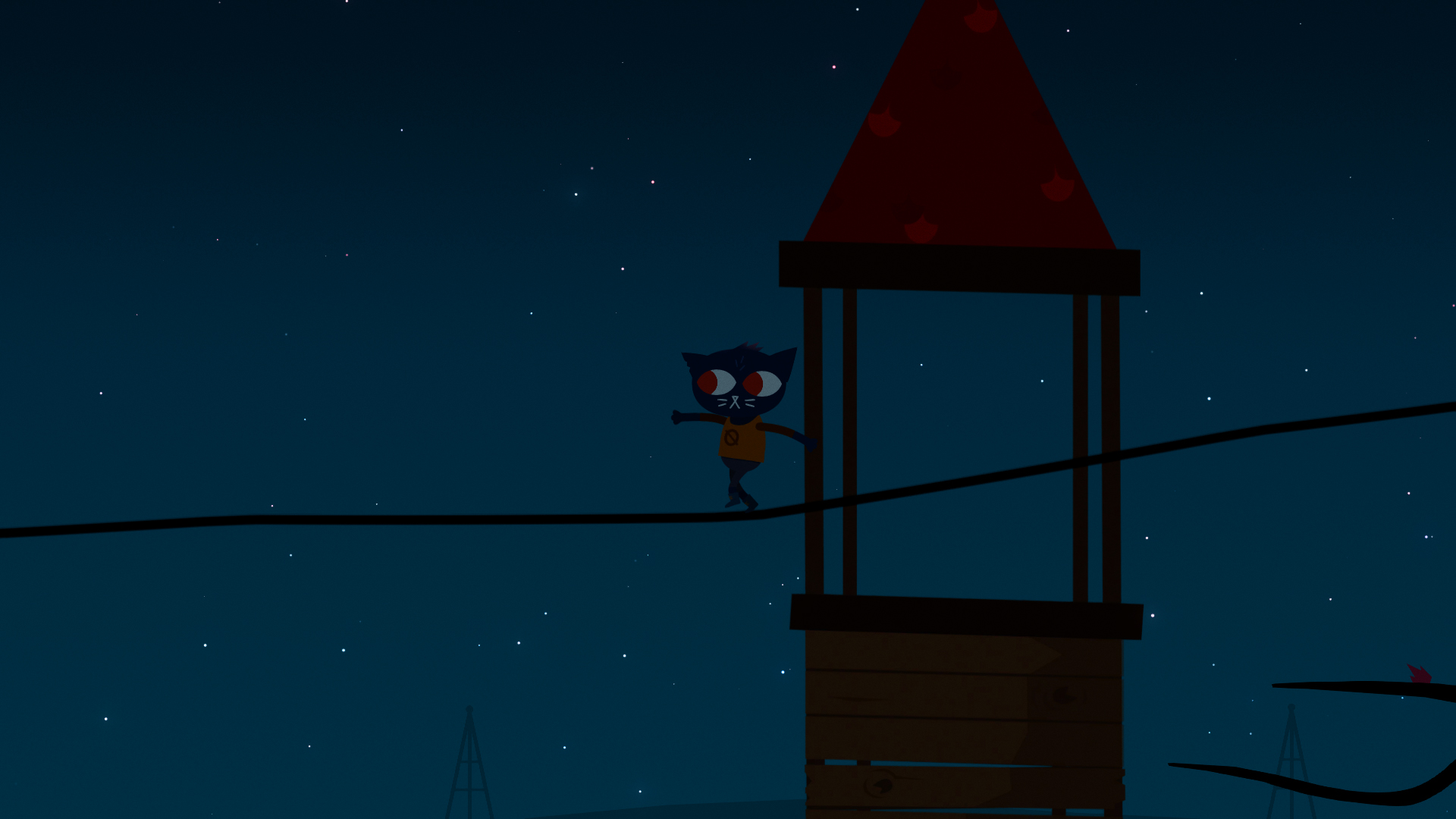
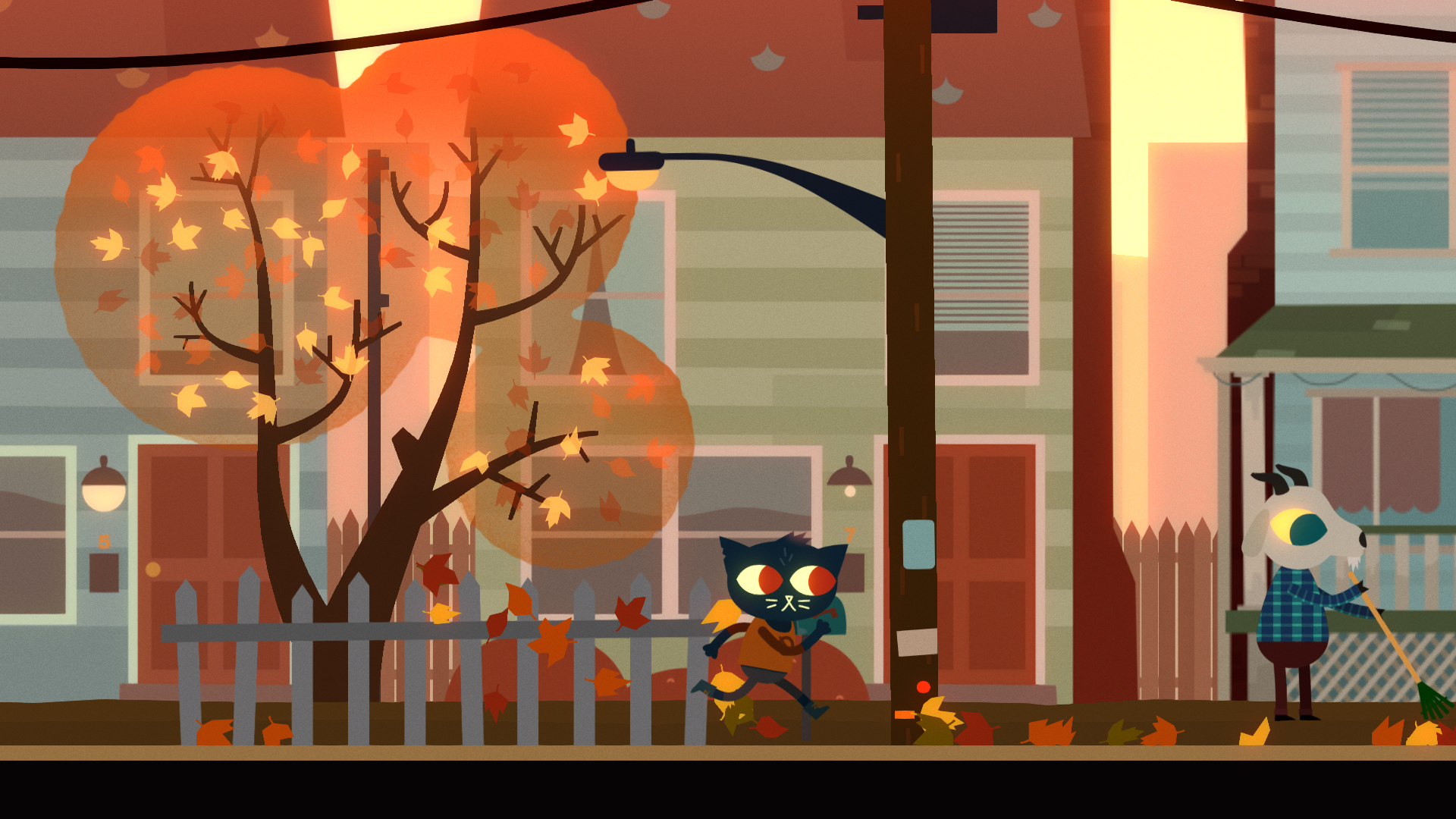
A similar mechanic walks in close proximity to the original concept of Night in the Woods, with which Infinite Fall and came out on Kickstarter in the fall of 2013. Whether it was a clever marketing move to quickly raise the necessary amount for development, or whether the game was originally conceived as a thrilling action-platformer about the secret energy of Boris the Cat, is unknown. It is only known that they managed to raise the necessary amount almost in the first day, and by the end of the campaign, the “endless autumn” account had four times more than they initially requested.
And not in vain. The game is worth paying attention to at least because of its magnificent dialogues. Infinite Fall knows how to work with texts better than the overwhelming majority of dubious storytellers in the industry. The conversations between the characters are so well developed and presented that the problem of lack of voice acting fades into the background, but it creates a problem of lack of localization. Some lines of dialogue make you want to immediately write them down in a quote book and frame them, and for this, believe me, it is worth studying English textbooks once again. All of this contributes to the character development and, worthy of separate praise, makes them memorable.
For example, Bea the crocodile was Mae’s best friend before the events of the game, and after her mother’s death, she was burdened with the need to take care of the family business, which she hates so much that she seriously considers staging a fire to collect insurance benefits and finally forget about the ill-fated household goods store.

The reliable and cautious bear Angus also has problems with work. He still trades video cassettes, which is not the most profitable occupation when everyone else is already using broadband internet. And Bea also trusts Angus with her car without hesitation: that means something.
The fox Gregg is deceptively clever and carefree, as if the ground is burning under his paws, and he is ready to drop everything and rush off in search of adventures at any moment. What can be said about a character for whom one of the most harmless pastimes is a knife duel? In reality, they barely make ends meet with Angus, disappearing for days at work and saving even on necessities.
Undoubtedly, the adventures that Mae embarks on with her friends are the tastiest part of Night in the Woods. In such moments, interesting things always happen with the cat. Steal something from an empty supermarket? Always welcome. Throw a wild Halloween party? Here you go, sign up.
In these wanderings, the triple jump that Mae learns at the very beginning of the game will come in handy: her talent for parkour will help her quickly climb onto the roof so as not to be late for astronomy class. They even let her play a simplified version of Guitar Hero. However, there is no need to try to hit the strings in time with the music – the end result will not affect the outcome of the mini-game or the overall plot.

And Possum Springs, once a thriving mining town, continues to decay. This terrible secret is not only discovered through the stories of the townspeople. Shops and stores are gradually closing, leaving behind only boarded-up ghost houses with broken windows. Fortunately or unfortunately, through the prism of simple, slightly clumsy graphics, it doesn’t look as depressing as it could be in reality. The developers skillfully compensated for the lack of many details with the bright ambiance of eternal autumn, because your attention is captivated by the chaotic dance of orange leaves, flying away from Mae’s graceful cat-like walk.
Over time, the realization comes that there is nothing to do in the town, apart from running races with leaves from point to point. At first, the game hides this behind dialogues. They immerse you in the illusion of pseudo-liveliness, giving each character a purpose, making you blindly believe in all this cute nonsense, speculating for a long time about how the story of Possum Springs, against all common sense, ended thirty years ago, and how it affects the perception of the plot and the daily life of its residents. But once the side effect of clever wordplay wears off, you sadly realize that the town is nothing more than a panoramic arena to fill the empty space between loading screens. Sooner or later, chasing passing cars, jumping on mailboxes, and making snide remarks to passersby becomes tiresome. That’s when the mini-game Demon Tower, installed on Mae’s laptop, comes to the rescue.
It is worth noting that Infinite Fall is far from the first to come up with the idea of putting one game inside another. But they were able to do it exactly like this. In the best sense of the word, they trapped themselves, overshadowing the quality of the isometric slasher Night in the Woods itself. But what makes Demon Tower so special?
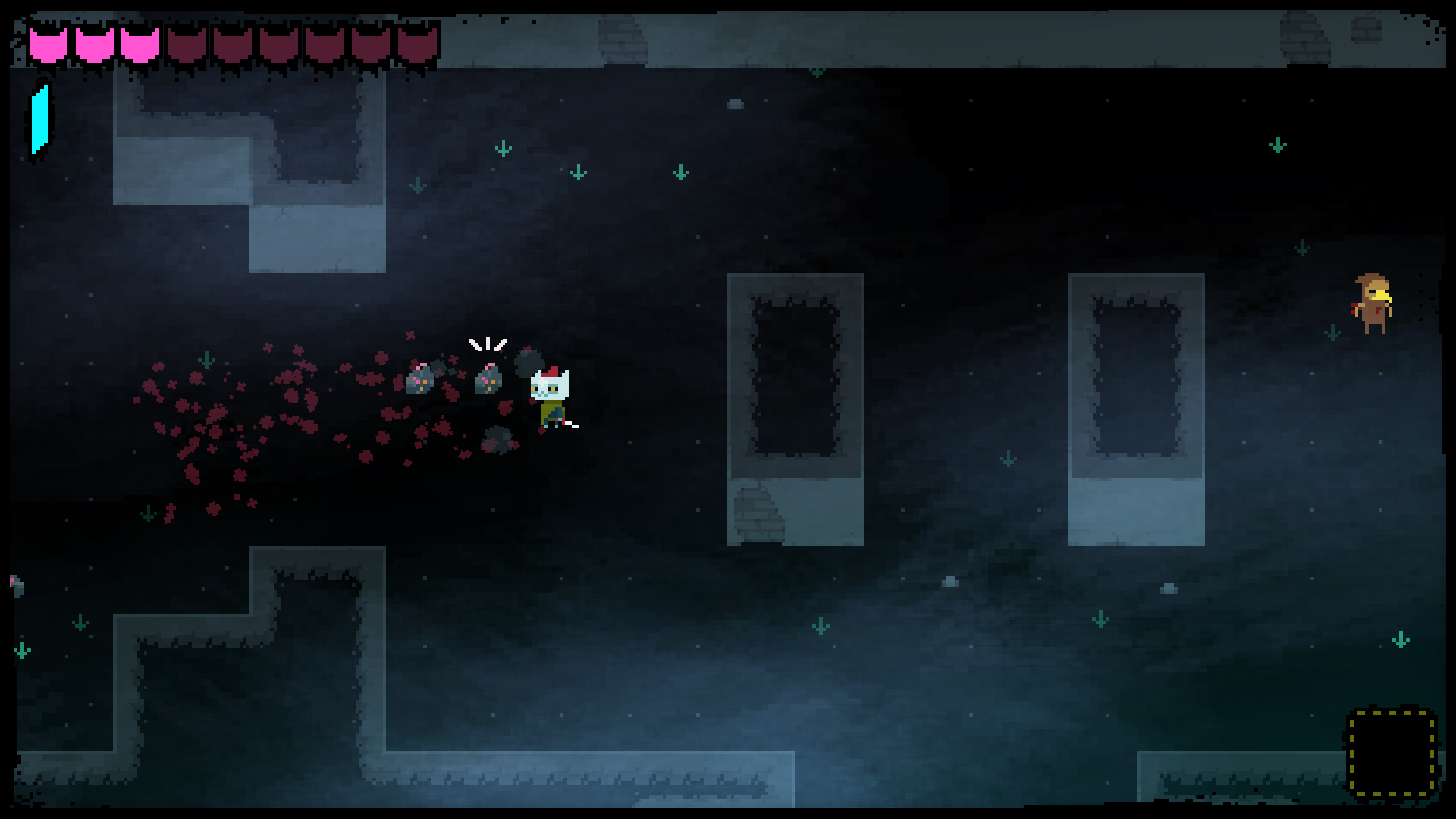
At first glance, it is based on a rather simple idea. However, not much changes on second or even third glances. A pale vampire cat runs around the dungeons and ruins the lives of its inhabitants – nothing original. Except that you don’t play as some “fiery” and seeking redemption escaped prisoner, but as a warrior kitty.
True connoisseurs, catching the familiar stench of damp dungeons, will instantly recall cozy and friendly evenings spent playing Dark Souls and Lords of the Fallen. Fortunately, the developers took more than just the setting from those games. The thing is, the main character has 9 lives, as well as evasion points, and gradually their values begin to change in a proportional ratio, which simultaneously allows you to get used to the combat system and adjusts to the pace of gameplay. But it only sounds harmless. In reality, Demon Tower mercilessly reduces your hit points level by level, forcing you to react to arrows and knives flying from everywhere with lightning speed jumps. I never thought I would say this, but it was difficult to play. At the same time, you shouldn’t discount the local bosses. Not that they are invincible, but you will remember the way to some of them well, because before the creature of darkness glues its mighty fins, you will have to run to it more than once or twice.
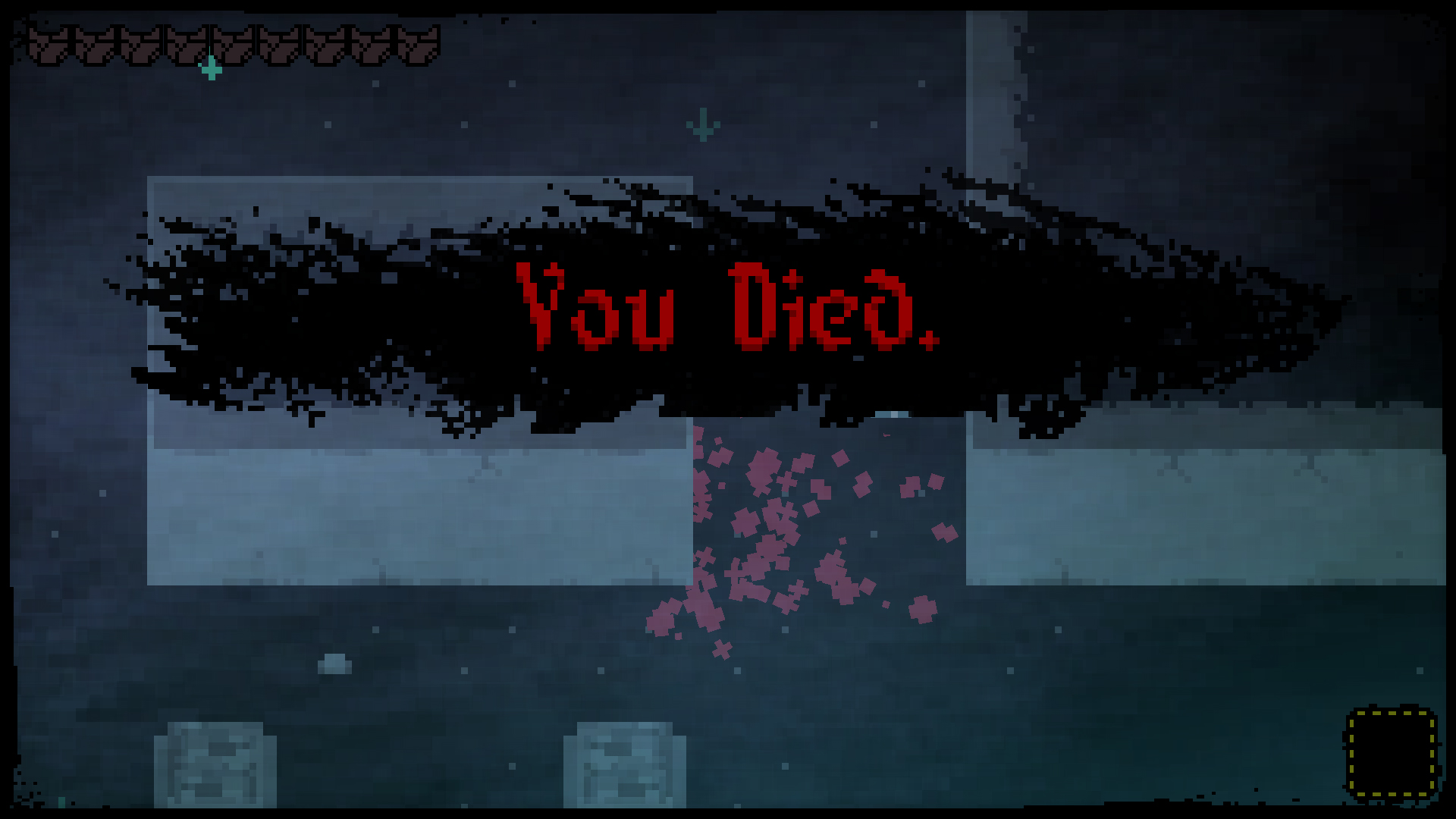

After all these adventures, the last thing I want to do is go back to Mae’s everyday life. Slowly but surely, they continue to drag along the storyline until the final credits, but unfortunately, they couldn’t make the story cohesive and seamless. Night in the Woods jumps from one extreme to another, first burdening with its daily ritual routine, and then transitioning into a mystical detective story that leaves you breathless, waiting for a grand resolution. But Infinite Fall’s creation shamelessly ends abruptly, leaving behind a multitude of unanswered questions in the wake of the completed game.
Either way, it is now too late to categorically praise or criticize Night in the Woods. Those who found it enticing have long since played it without my recommendations. For others interested in similar ambiance and stylistics, trying Night in the Woods is definitely worth it, but it is best not to have high expectations as they may not be met.
Share
Discuss
More Reviews
